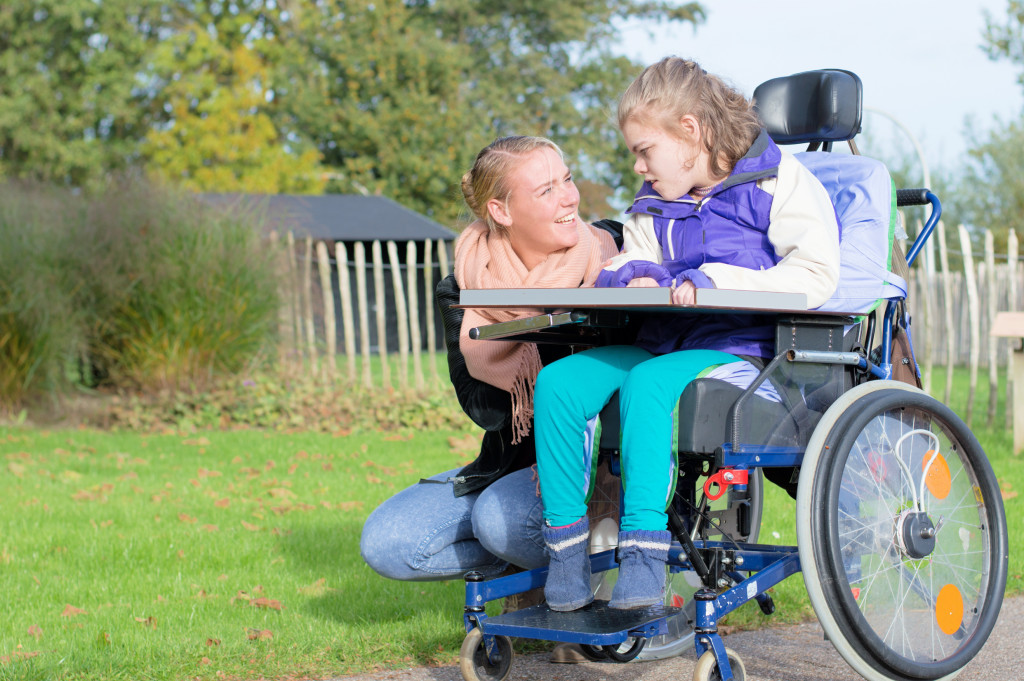Psychiatrist Dr. Dan Siegel coined the term “window of tolerance,” which refers to the scale of arousal in which we as human beings can tolerate what we are experiencing as it happens and even after it does. It is the window between hyperarousal (marked by excessive energy, hyper-vigilance, racing thoughts, anxiety, and tantrums) and hypoarousal (characterized by weariness, lack of emotions, flat affect, social isolation or withdrawal, and inability to engage, relate, and learn).
The window of tolerance is right smack in the middle of both extremes, which means it is the place where we can thrive, learn, play, communicate, and relate well with others and ourselves. Hyperarousal says, “This is too much; I’m too overwhelmed to function,” while hypoarousal says, “I can’t deal with this; leave me alone.” The key is simply getting everything back into balance.
In simpler terms, it just means having a bigger window of tolerance can help us better regulate our emotions, experiences, and interactions. While children should be encouraged to feel what they feel, helping them understand their window of tolerance will help them have a keener insight into their bodies, their reactions, and thus their resilience. Disabled children, in particular, might understandably have a more challenging time staying in and expanding their window of tolerance, which is why their caretakers would do well to help them in this area.
Whether you are a parent, teacher, or guardian in charge of caring for kids with disabilities, here are some tips for helping them understand and expand their window of tolerance.
Get expert advice

Disabilities come in a wide array of characteristics and challenges, and no two types of disabilities are 100 percent alike, with so many disability types having sub-categories. This is why you need to consult with a medical expert who specializes in your child’s specific disability before you employ the strategies to expand your kid’s window of tolerance. You need to get their doctor’s approval and recommendation before you try. If your child has not seen a specialist, consider applying for disability claims to help you raise some funds. Your child deserves to receive the best help out there.
Tips for expanding their window of tolerance
The following are some pointers for helping disabled kids navigate their hyperarousal or hypoarousal and how they can go back to their window of tolerance.
- Ask them questions to help them and you better understand the sensations they’re feeling. Are they shaking or scared? Are they throwing a tantrum? Or maybe they feel nothing, which can be a sign of hypoarousal. Helping them verbalize how they feel will help you understand whether they’re hyper or hypoaroused.
- If they are above their window of tolerance or hyperaroused, help them do some deep breathing exercises. Even the simple act of taking the time to breathe correctly can help them instantly lower their energy levels and hypervigilance, and it’s a technique they can do by themselves even if you’re not around. Grounding techniques can also be helpful—it’s simply teaching them to list down five things they can see, smell, hear, and feel. Grounding themselves in the present will help them release some tension. Mindfulness is also another practice that can help them get back down to their window of tolerance. For some kids, it also helps to re-direct their energy when they are hyperaroused, so you can encourage them to scream into a pillow, do some jumping jacks, or buy them a punching bag and boxing gloves.
- If they are below their window of tolerance of hypoaroused, the key is to help them wake up their senses. Some examples include eating something mint-flavored or sour and helping them wash their face with cold water. It can also be as simple as encouraging them to get out of bed and taking a walk with you outside or getting them to play with you or the dog. If they’re dissociating, the grounding technique of listing down things they can see, smell, hear, and feel can also help bring them back to the present. Dissociation is more than just them being absent-minded; it’s about them losing their perception of reality and time, so seeing a mental health professional might be necessary if they reach this point.
Helping disabled kids understand their window of tolerance will be crucial to their resilience as they manage their conditions in the long run. With their loved ones’ unconditional love and support, they can grow into adults that have a better handle on their emotions as they come.









